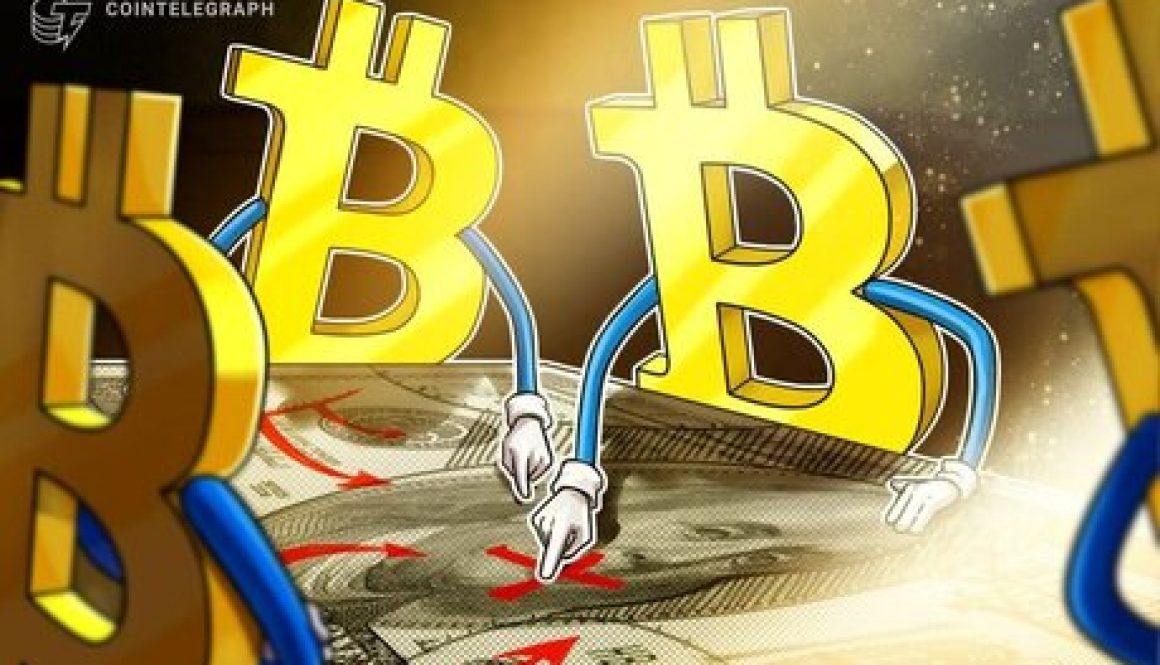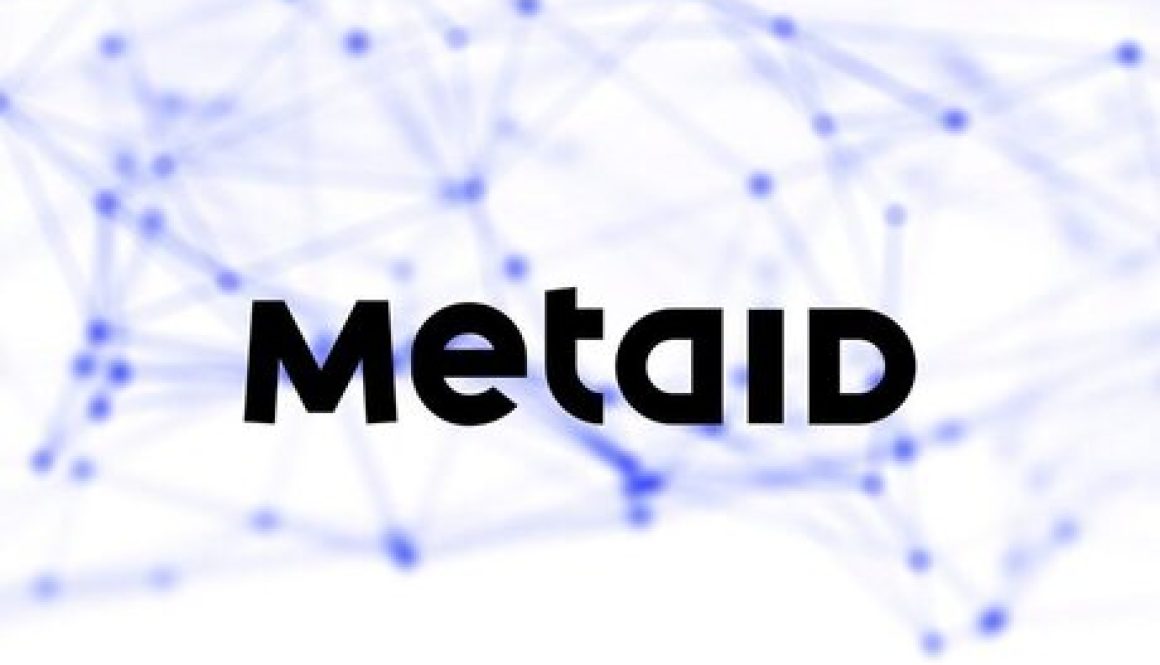Hong Kong shows off crypto, Web3 prowess in Toronto
(Coin Telegraph)-26/06/2024
Canadian crypto and Web3 startups could benefit from “lower taxes” and regulations that cater to “pre-commercial specialist technology companies,” said a Toronto ETO official.
Hong Kong government entities dedicated to attracting foreign investments visited a tech conference in Toronto, Canada, to advertise its offshore ready-to-move technology hub for Canadian crypto and Web3 startups.
The Hong Kong Economic and Trade Office in Toronto (Toronto ETO), Invest Hong Kong (InvestHK) and StartmeupHK (SMUHK) co-hosted an event at Collision 2024 in Toronto, highlighting Hong Kong’s crypto-centric landscape.
Speaking at the event, Toronto ETO director Emily Mo underscored existing startup-friendly regulations, such as lower taxes than in Canada and Hong Kong’s willingness to work with “pre-commercial specialist technology companies.” She added:
“There is a creative mindset on Web3/virtual assets developments. Fintech, health technology, green technology and property technology, etc, are trending in Hong Kong and Asia these days.”
Tax treaty between Canada and Hong Kong
Mo said that Canadian businesses in Hong Kong are allowed to receive public and private funding.
The governments of Canada and Hong Kong have had a double tax agreement in place for more than a decade. It was designed to avoid double taxation and prevent fiscal evasion regarding taxes on personal and corporate income.
On June 22, Hong Kong Legislative Council member Johnny Ng Kit-Chong announced the formation of the Subcommittee on Web3 and Virtual Asset Development to promote the development of Web3 and digital assets in Hong Kong.
The council seeks feedback on several critical aspects of Web3 policy development, including balancing technical, legal and regulatory frameworks to create a cohesive environment for Web3 development with robust and clear regulations.
Crypto exchange exodus in Hong Kong
In May, all crypto exchanges operating without a license in Hong Kong were forced to shut down. While more than 20 exchanges had initially applied for a crypto license, most withdrew it after failing to meet the set requirements.
One Hong Kong-based cryptocurrency exchange, Gate.HK, said it would relaunch its services after reconstructing its platform to comply with Hong Kong’s regulatory requirements. These requirements include establishing Anti-Money Laundering and Counter-Terrorist Financing measures. The company stated:
“Gate.HK is actively working on the aforementioned overhaul. We plan to resume our business in Hong Kong in the future and contribute to the virtual asset ecosystem after obtaining the relevant licenses.”
Crypto exchanges that retracted their license applications include prominent global players such as OKX, Huobi HK and Bybit, among others.










